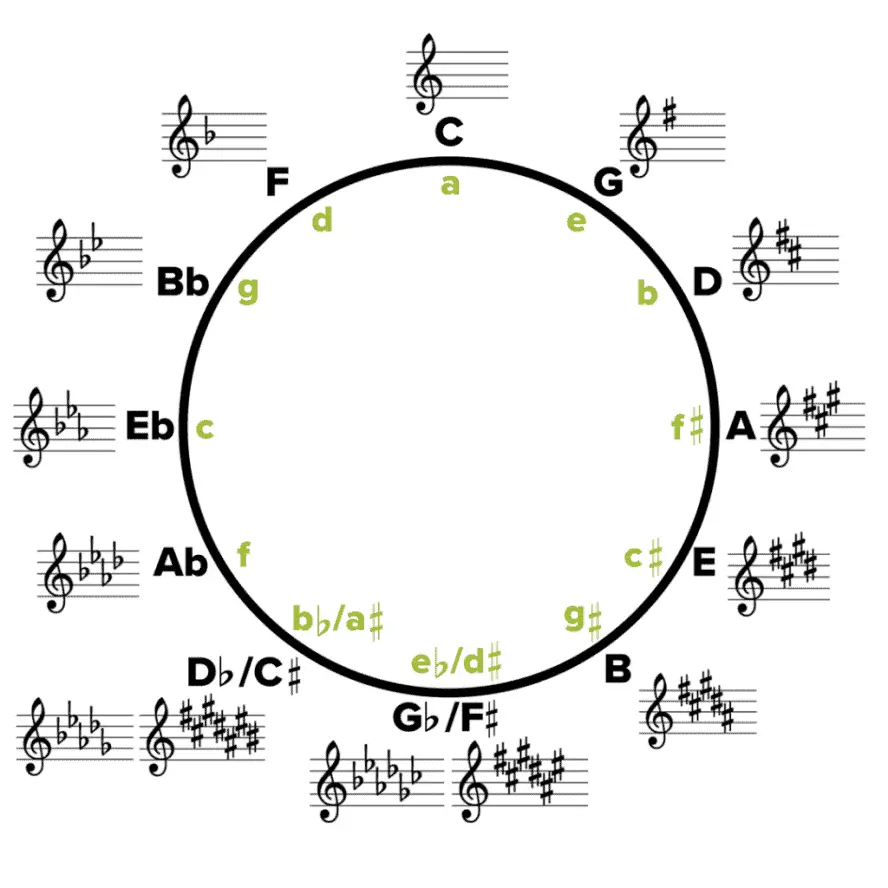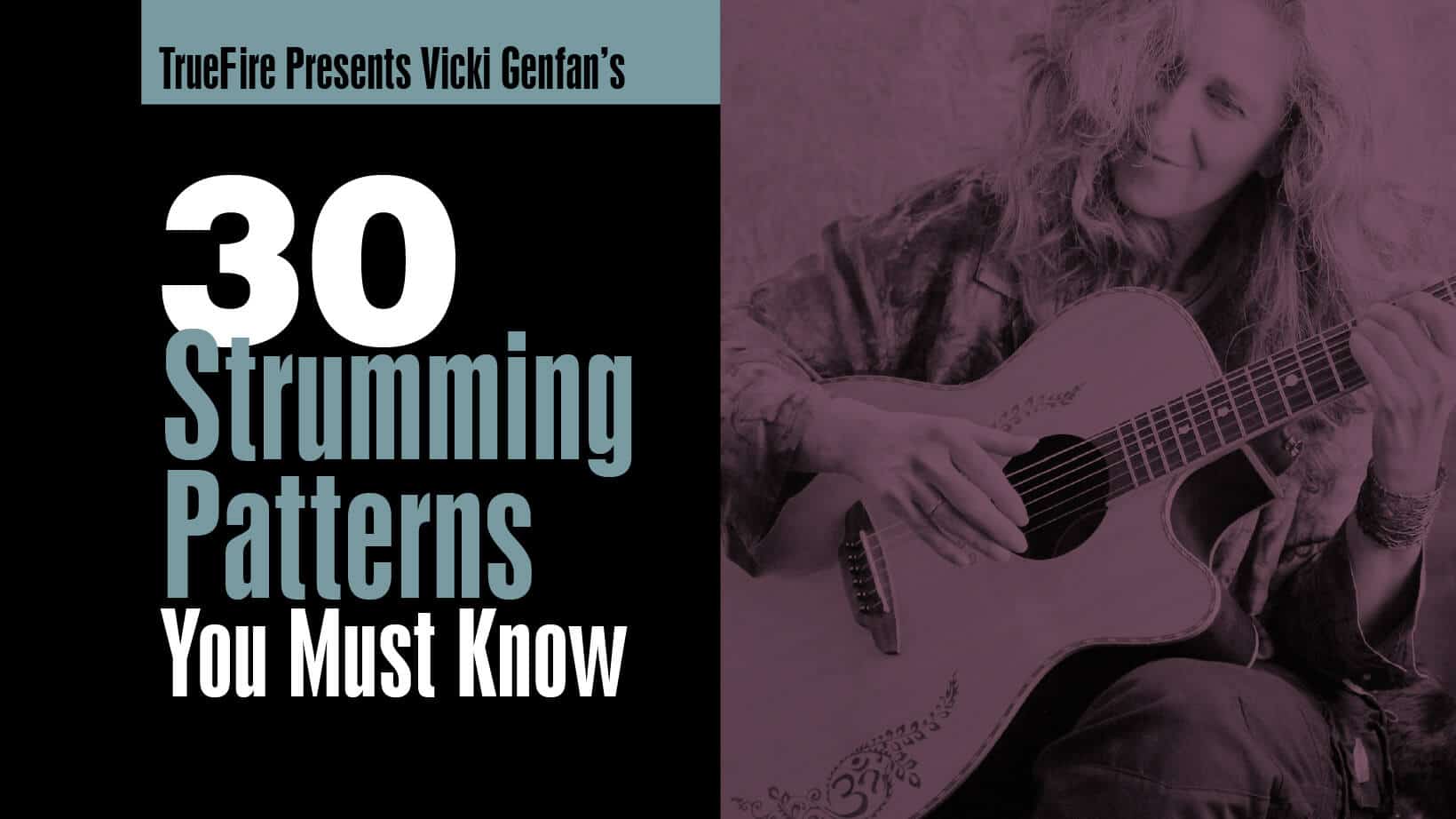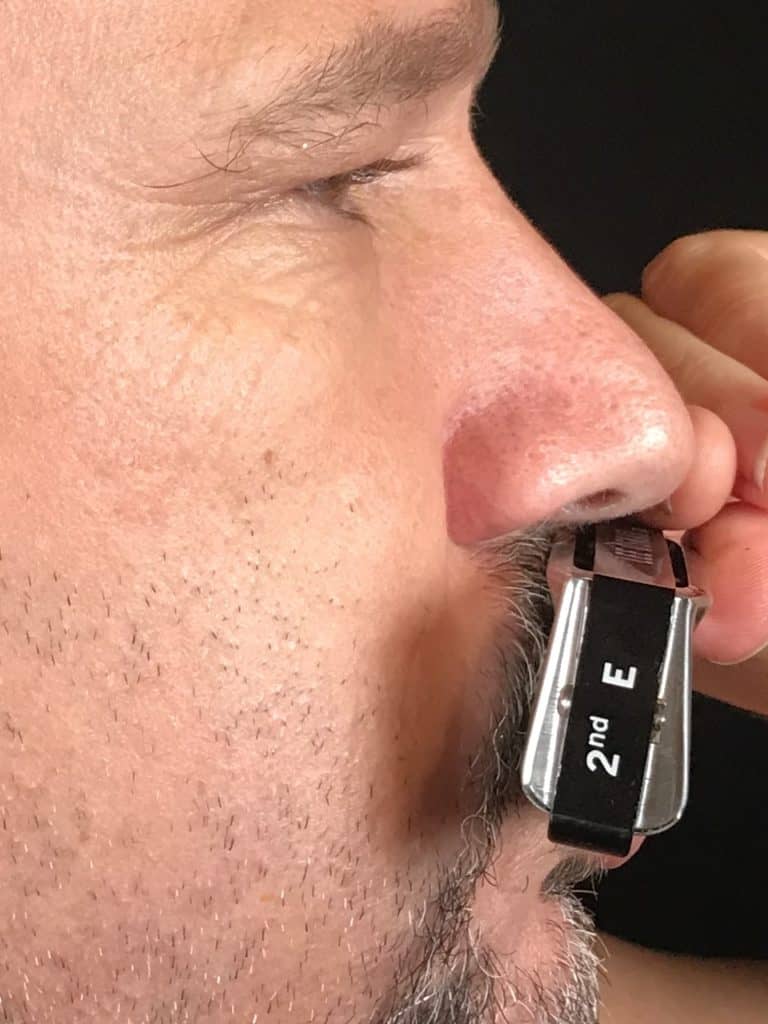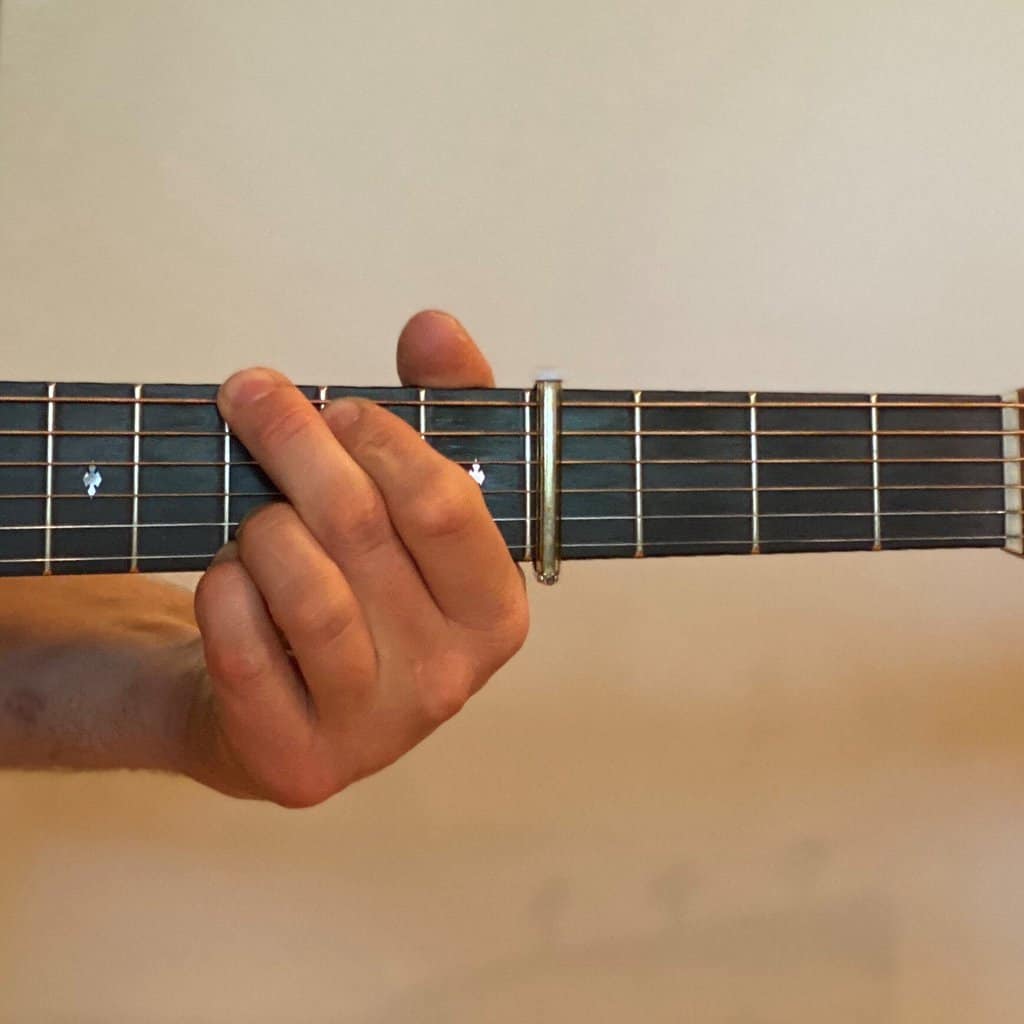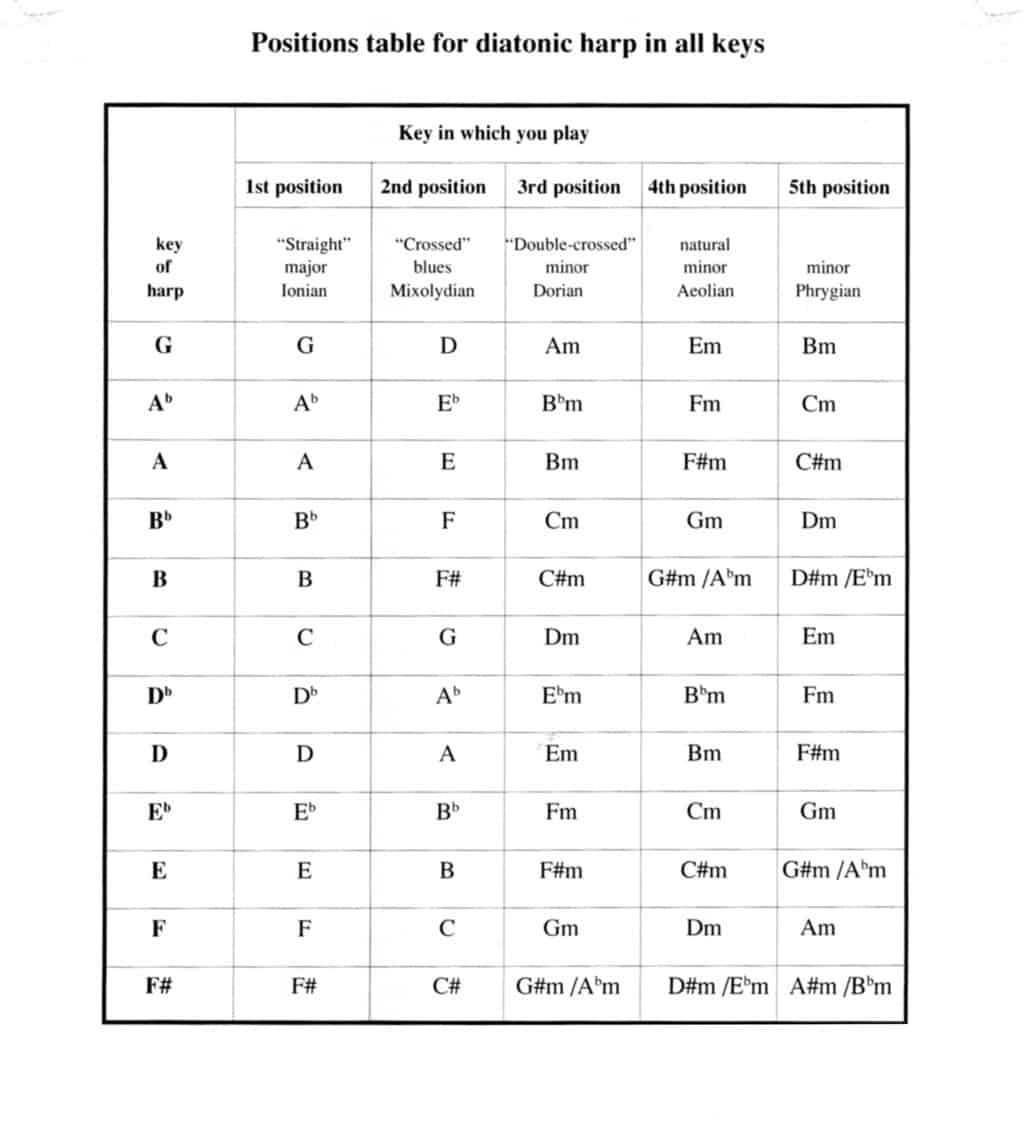Are you looking for a way to make your music stand out? Well, then learning how to play the guitar and harmonica at the same time is a great way to do just that. Playing both instruments together can create a unique and interesting sound that will captivate your audience. In this article, I’m going to walk you through a step-by-step guide on how to play guitar and harmonica at the same time. By the end of this guide, you’ll be able to impress your friends with this unique skill. So, let’s get started!
Benefits of Playing Guitar and Harmonica at the Same Time
| Benefit | Description |
|---|---|
| Creativity | Playing harmonica and guitar at the same time allows you to create your own unique sound and experiment with different musical styles. |
| Portability | Both instruments are small and portable, making it easy to take them along with you anywhere. |
| Versatility | You can achieve a wide range of sounds and textures by combining the two instruments together. |
| Improves skill | By learning to play both instruments at the same time, you can develop better hand coordination and timing. |
| Fun | Playing both instruments simultaneously can be a fun and creative way to express yourself musically. |
What You Need to Play Guitar and Harmonica Simultaneously
1. Guitar
A guitar is essential for playing both guitar and harmonica at the same time. You can opt for an acoustic, electric or classical guitar. Choose the one that best suits your style of playing.
2. Harmonica
A harmonica is also an important component for playing both guitar and harmonica simultaneously. Select the type of harmonica that is suitable for the type of music you want to play. Different types of harmonicas offer different sounds.
3. Tuner
A guitar tuner is necessary for maintaining the correct pitch of the guitar. This will help you to play the harmonica in tune with the guitar.
4. Metronome
A metronome is important for keeping the tempo of the music steady. This will help you to stay in time while playing both the guitar and the harmonica.
Basics of Guitar
Tuning the Guitar
It is important for any musician to ensure that their instrument is properly tuned. An out-of-tune guitar can make playing difficult and can also lead to mistakes in technique. Before attempting to play guitar and harmonica at the same time, make sure that the guitar is properly tuned.
Playing Chords
Playing chords is a fundamental part of playing the guitar. Knowing the basic chords and their inversions will help the musician to play a variety of songs. A great way to learn chords is to use chord charts or online guitar lessons. Once the basic chords are mastered, the musician can begin to play more complex chords and progressions.
3. Strumming Patterns
- Use down strokes for the guitar with a mid-tempo rhythm.
- Vary the strumming pattern by adding upstrokes.
- Mix in palm muting and open chords.
- Add syncopation to the strumming pattern.
- Focus on the movement of the pick and the fingers.
- Practice with a metronome to perfect timing.
- Organize the strumming pattern into phrases.
- Strum with a combination of down and up strokes.
Basics of Harmonica
Harmonica is a small, rectangular-shaped instrument with a hole at each end. It has a series of reeds, which are metal plates that vibrate when air is blown or sucked through the instrument. The reeds can be tuned to different notes, and chords can be played by blocking some of the holes. To play harmonica, hold it in one hand and use the other hand to cover and uncover the holes. Use your tongue to control the airflow, and start by practicing basic melodies and chords. As you become more proficient, you can start to combine harmonica with guitar for a fuller sound.
1. Tuning the Harmonica
| Step | Instructions |
|---|---|
| 1 | Place the harmonica on a flat surface. |
| 2 | Turn the harmonica so that the holes are facing up. |
| 3 | Adjust the tuning screws on the sides of the harmonica with a screwdriver until the harmonica produces the desired sound. |
| 4 | Tune the harmonica in intervals of one-fourth or a half step, depending on the desired sound. |
| 5 | Check the harmonica’s tuning often to ensure that it remains in tune. |
2. Playing Single Notes
Playing single notes is the most basic way of playing guitar and harmonica at the same time. To begin, play a simple melody line on the guitar and then add a single note from the harmonica to complement the melody. Focus on playing in the same key as the guitar and try to match the rhythm of the guitar. You can also experiment with alternate tunings on the harmonica, such as adding vibrato or bends, to add a unique sound to your playing. As you become more comfortable with playing single notes, try playing a chord progression on the guitar and harmonica together. This will enable you to create a fuller sound and add more depth to your music.
3. Playing Chords
Chords are the foundation of playing guitar and harmonica together. Start by learning basic guitar chords, such as G, C, and D. Strum each chord and play the melody using the harmonica. Strum the guitar and alternate between two chords at a time. Experiment with different combinations and progressions of chords and melodies. Once you have a few chords and melodies down, you can add in additional harmonica parts to enhance the sound.
Combining Guitar and Harmonica
| Instruments | Technique |
|---|---|
| Guitar | Chords, strumming |
| Harmonica | Blues licks, single notes |
Combining guitar and harmonica can result in a powerful and unique sound. The guitar is used to provide rhythm and structure to the music, while the harmonica adds color and texture. It is important to consider the different techniques used for each instrument when playing them together.
Guitar players can use chords and strumming patterns to provide the backbone of the song, while harmonica players can use blues licks or single notes to add melodic embellishments. A good way to practice combining these two instruments is to use a simple chord progression on the guitar and then add harmonica licks over the top.
Alternatively, a guitar player can use a blues scale along with the chord progression to create a more complex sound. This can be done by playing the blues scale on the guitar while a harmonica player improvises with licks over the top.
It is also possible to have both instruments playing the same melody together. This can be done by having the harmonica player play the melody while the guitar player strums chords along with it. This can create a fuller sound and can really bring out the character of both instruments.
Practice and experimentation are important when learning how to combine guitar and harmonica. It is best to start out with simple chord progressions and blues licks and then gradually increase the complexity as you become more familiar with the two instruments. With practice, you can learn how to create beautiful and unique music using both instruments.
1. Playing the Same Chords
Playing the same chords on both instruments is the simplest and most direct method of playing guitar and harmonica together. To do this, simply play the same chords on both instruments at the same time. This is often used in blues music, as it creates a full and powerful sound. The same chords can also be used in different progressions for a variety of different tunes. Experienced players often use this technique to create unique and interesting sounds. Additionally, it can be used to create a wide range of musical textures, from soft and mellow to raucous and loud.
2. Playing Different Chords
- Position your hands for both instruments. The left hand should be placed on the guitar strings, while the right hand should be placed on the harmonica.
- Practice with simple chords on the guitar. Start with single-note chords, then move on to two-note chords and eventually three-note chords.
- Choose chords to match the harmonica. Make sure the chords you play on the guitar match the harmonica key you are playing in.
- Play the chords on the guitar as you blow or draw on the harmonica. Practice playing the chords in time with the harmonica.
- Experiment with different chord voicings. Try playing the chords in different positions on the fretboard and with different fingerings.
- Mix major and minor chords. To create more interesting sounds, try combining major and minor chords.
Tips for Playing Guitar and Harmonica at the Same Time
- Start small and practice slow. It’s important to master the basic skills before attempting to play both instruments together.
- Focus on the rhythm. To play guitar and harmonica together, you need to be able to keep a steady rhythm and maintain a consistent tempo.
- Learn how to breathe and play. To play harmonica, you need to be able to take breaths in between notes. It’s important to learn how to do this while playing guitar.
- Practice playing the same notes. To make playing guitar and harmonica together easier, start by playing the same notes on both instruments.
- Find simple melodies. Look for simple melodies that don’t require too much coordination to play. This will make it easier to play the two instruments together.
- Try different chords. Experiment with different chords and progressions to find the right combination that works for you.
- Listen closely. Listen closely to the sound of both instruments and make adjustments as necessary.
- Have patience. Playing both guitar and harmonica together can be challenging. Take your time and be patient with yourself.
Practice Tips for Playing Guitar and Harmonica Simultaneously
Start by playing each instrument separately and then gradually move towards playing them together. Familiarize yourself with the different sounds and chords of each instrument, and practice playing them together at a slow tempo. Experiment with different melodies and rhythms to find the right combination. Practice playing the same melody on both instruments and also practice playing different melodies together. Pay attention to the timing and rhythmic feel of each instrument and make sure they’re in sync.
Create a practice plan that focuses on playing the guitar and harmonica together. Start by playing simple melodies and slowly add more complex patterns as your skills improve. Practice both instruments in a variety of different keys and also try playing them in different chords. Listen to how the two instruments interact with each other and adjust your playing accordingly.
Practice with a metronome to help keep your timing and rhythm consistent. Play the harmonica and guitar together at different tempos and speeds to gain more control and accuracy. Also, practice playing with different techniques such as vibrato, bends, slides, and hammer-ons.
Record your practice sessions and listen back to see where you need to improve. Work on the areas where you feel you’re struggling and keep practicing until you’re comfortable with the material. Finally, have fun and enjoy the process of learning and playing both instruments simultaneously.
Frequently Asked Questions
What type of harmonica is best suited for playing with a guitar?
A 10-hole diatonic harmonica is ideal for playing the blues with a guitar. It has a more limited range than the chromatic harmonica and therefore requires less skill to play. The diatonic harmonica has fewer notes, making it easier to find accompaniment notes to fit the guitar chords. It is also easier to bend the notes on a diatonic harmonica, which is essential for blues harmonica playing.
How can I ensure I am in sync when playing guitar and harmonica together?
To ensure you are in sync when playing guitar and harmonica together, practice playing them separately and together until you are comfortable with the timing and tempo. Use a metronome to help you stay in time and make sure that you can play each instrument without difficulty. Additionally, listen to recordings of guitar and harmonica combinations to help you get a feel for how the two instruments should sound together. Finally, practice with a partner if possible to help ensure your timing is consistent.
What techniques can I use to improve my guitar and harmonica playing?
Practice regularly: Make it a point to practice guitar and harmonica together at least twice a week in order to stay in tune with them. Additionally, practice playing both instruments separately, in order to better understand their individual sounds and techniques.
Learn different techniques: Learn picking, strumming, and hammer-on techniques on your guitar, and learn different harmonica techniques like tongue-blocking and single-note playing.
Listen to music: Listen to music featuring both guitar and harmonica to get an idea of how they sound together. This will help you to better understand how to play them together in a pleasing way.
Experiment: Don’t be afraid to try different combinations of guitar and harmonica playing. Try playing one instrument while the other plays a melody or an accompaniment. This will help you find creative ways to use both instruments together.
Seek help: Get help from an experienced guitar and harmonica player, or take lessons from a professional teacher. This will help you to better understand the techniques used to play the two instruments together.
How can I ensure my guitar and harmonica parts complement each other?
When playing guitar and harmonica together, it is important to find a balance between the two instruments. To ensure the parts complement each other, listen carefully to how the harmonica and guitar interact with each other. Experiment with different rhythmic and melodic parts, and adjust the volume of each instrument to ensure they are both audible. Also, practice playing the parts slowly together to ensure the timing is correct before increasing the speed.
What challenges should I consider when playing guitar and harmonica simultaneously?
Maintaining the right rhythm and playing both instruments in tune is one of the main challenges. It may take time to develop the coordination between the hands and the ability to play both instruments together. Furthermore, the positions of the hands and mouth should be kept in mind while playing, as it can be tricky to switch between them while maintaining a rhythm. Additionally, the playing style must also be taken into account and mastered, as the same song can be performed differently on the two instruments.
Conclusion
Playing guitar and harmonica at the same time is a great way to show off your musical talents. It can be difficult to master, but with practice and patience, you can become a master of the two instruments. Start off by learning the basics of both guitar and harmonica, then practice each one separately. Once you have a good handle on both instruments, practice playing them together. Listen to recordings of songs that include both instruments to get a feel for the proper way to combine them. With enough practice, you can be playing guitar and harmonica together in no time.


